Canes Venatici (Mrugyashun)
Canes Venatici, resembles the shape of hunting dogs, when stars in this constellation are imaginarily connected, as per Indian mythology!
Where should I see…Ursa Major, is the constellation which is towards west of Canes Venatici

constellation. If you move your eyes towards east, you will see another constellation named Bootes. In the North and South of Canes Venatici, you will find Ursa Major and Coma Bernices respectively. Canes Venatici is halfway between celestial equator and North Pole, and so is fully part of Northern Hemisphere.
It covers up 465 square degree area of the sky. Area wise it is 38th largest constellation in the sky.
When and What can I see…
We can gaze at these hunting dogs shape of Canes Venatici constellation from
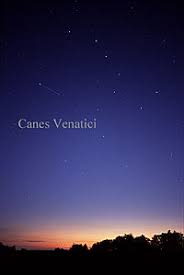
December to August, as seen from India.
All you need is your naked eyes other than clear skies to see 61 stars of this constellations, as they are the one which are brighter than the lower limit of our naked eyes (i.e. 6.5 apparent magnitude) to see faintest stars.. The brightest star of this constellation is Cor Caroli.
Constellations are made up of single, binary (apparent and absolute), multiple and variable stars.
Out of total 61 stars of different types, here is the list of 20 brightest stars as per their nature:
| Binary / Multiple Star system | Variable Stars | Binary / Mulitple and Variable Stars | Single stars |
| 4 | Chara | Cor Caroli | 6 |
| – | La Superba | – | – |
| – | 7 | – | – |
| 4 | 9 | 1 | 6 |
Mythology stories…
As per Hindi mythology, there are no such known stories for this constellation.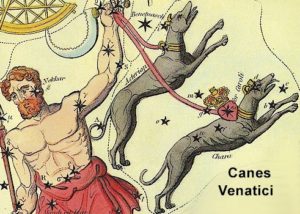
Deep Sky Objects…
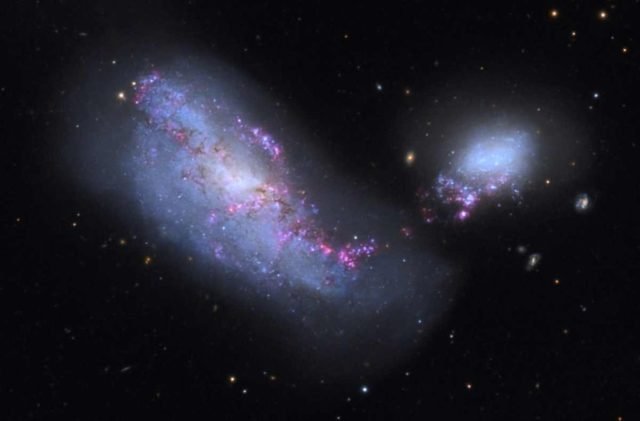 NGC 4490 & NGC 4485 || Cocoon Galaxy || Barred Spiral Galaxy with Satellite Galaxy
NGC 4490 & NGC 4485 || Cocoon Galaxy || Barred Spiral Galaxy with Satellite Galaxy
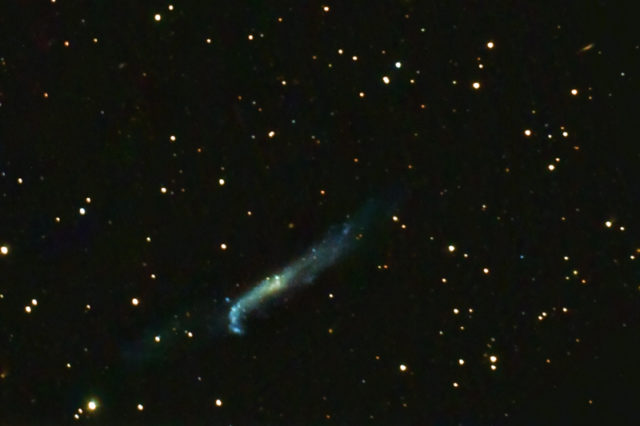 NGC 4656/57 || Hockey Stick Galaxy || Barred Spiral galaxy
NGC 4656/57 || Hockey Stick Galaxy || Barred Spiral galaxy
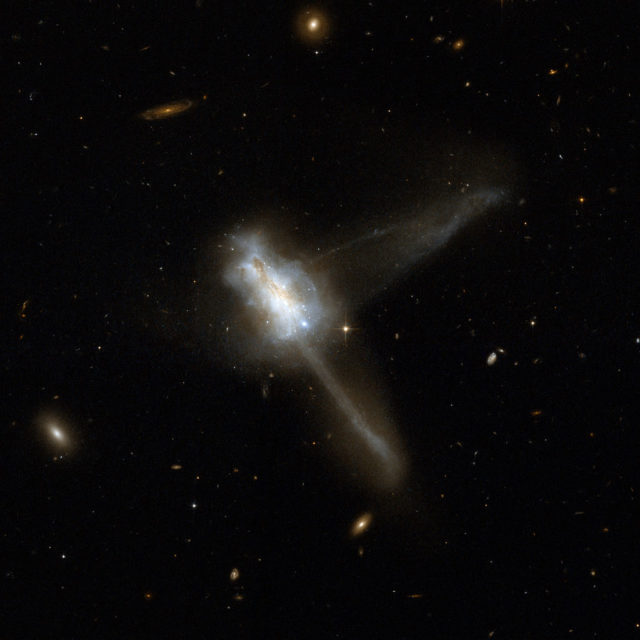 IC 883 || Irregular Galaxy
IC 883 || Irregular GalaxyAll the stars that we see naked eyes, all belong to our own, Milky way galaxy (Akash Ganga Vishv). Bright stars can be seen naked eye and faint one through telescope. But the curtain of sky that we see in 2D is actually a huge universe we are talking about, with 3 dimension. There are many nebulous objects visible in every constellations. They differ widely by distances and nature. Like Emission Nebula, Reflecting Nebula, Absorption Nebula, Star Birth Nebula, Supernova Remnants (SNR) and Open Stars cluster which are within the disk of our own Milky Way galaxy. Globular cluster are also found, which are in the halo of our galaxy and some most distant objects like galaxies are also visible through telescope. Such objects are defined as “Deep Sky Objects”.
In this constellation there are 511 such different types of Deep Sky Objects observed. Below is the list of 20 brightest Deep Sky Objects:
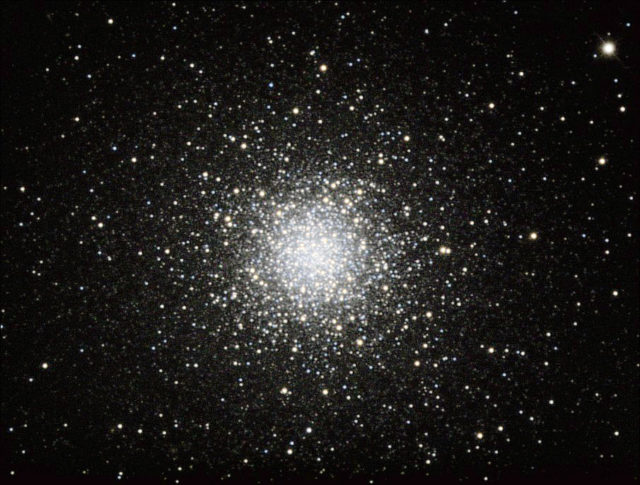 M3 or NGC 5272 || Globular Cluster || first messier object discovered
M3 or NGC 5272 || Globular Cluster || first messier object discovered
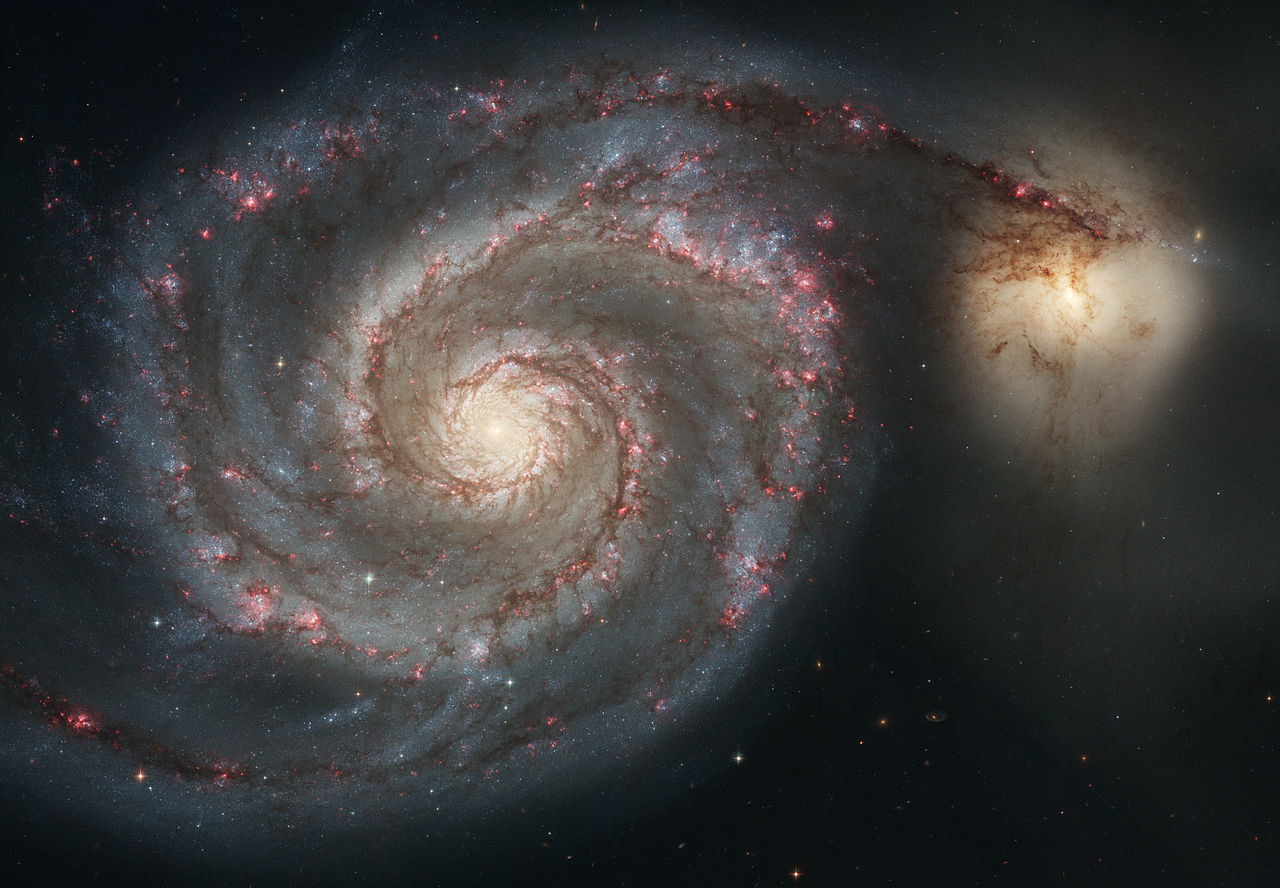 M51 || Whirlpool Galaxy || Interacting Grand design Spiral Galaxy || first galaxy classified as spiral galaxy
M51 || Whirlpool Galaxy || Interacting Grand design Spiral Galaxy || first galaxy classified as spiral galaxy
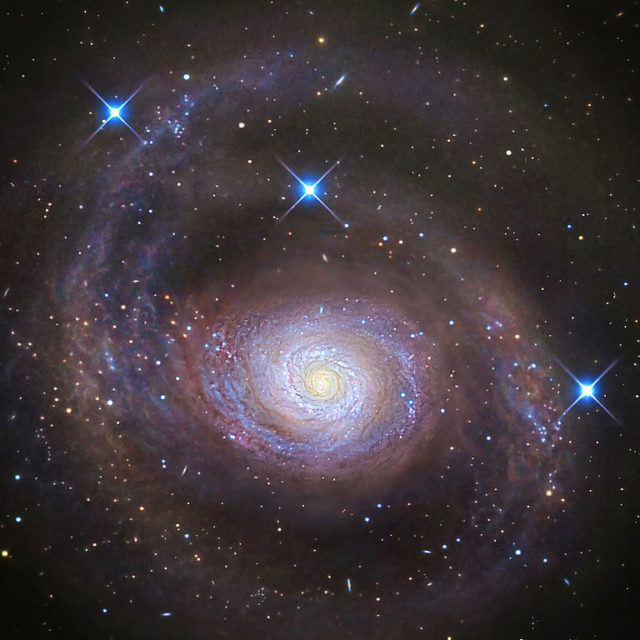 M94 or NGC 4736 || barred spiral galaxy || 2 ring structures
M94 or NGC 4736 || barred spiral galaxy || 2 ring structures
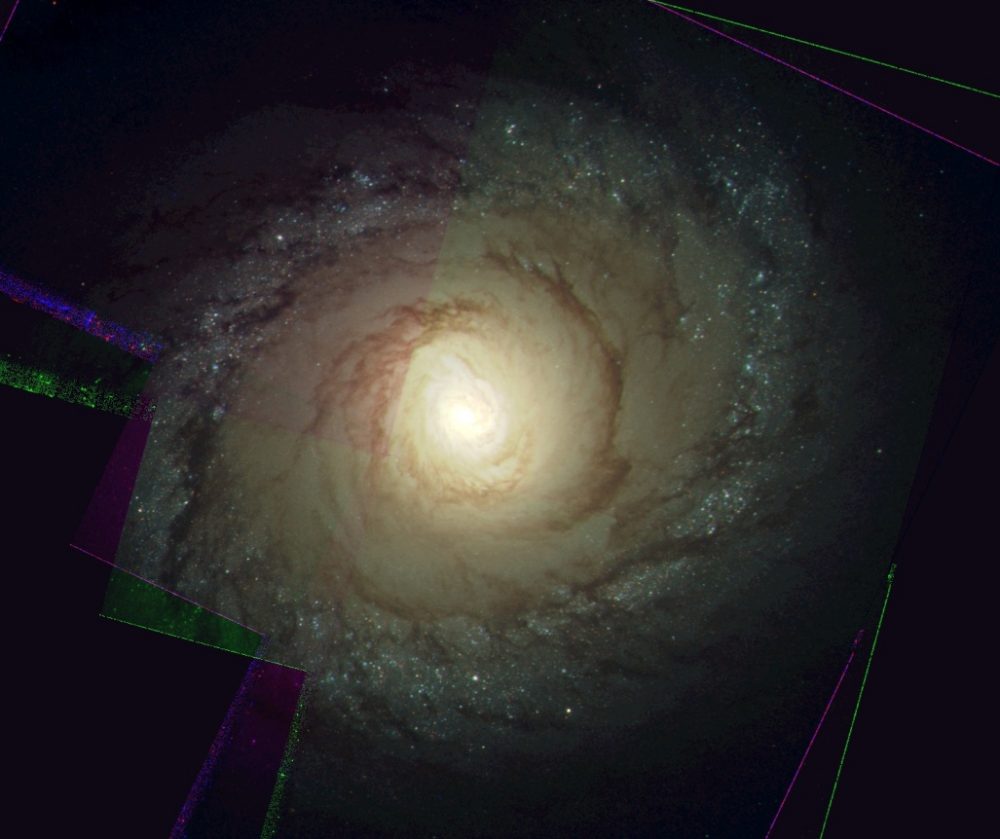 M94 or NGC 4736 || barred spiral galaxy || 2 ring structures
M94 or NGC 4736 || barred spiral galaxy || 2 ring structures| Galaxy | Open Cluster | Globular Cluster | Nebula | Supernova Remnant | ||
| Naked eye visibility | – | M3 | – | – | – | |
| Visible through Telescope | M94 (Croc’s Eyes Galaxy) | – | – | – | – | |
| M106 | – | – | – | – | ||
| M51 (Whirlpool Galaxy) | – | – | – | – | ||
| M63 (Sunflower Galaxy) | – | – | – | – | ||
| Whale Galaxy | – | – | – | – | ||
| 14 | – | – | – | – | ||
| 19 | 1 | – | – | – |
 M106 or NGC 4258 || Intermediate Spiral Galaxy
M106 or NGC 4258 || Intermediate Spiral Galaxy
 M63 || Sunflower Galaxy || Spiral Galaxy
M63 || Sunflower Galaxy || Spiral Galaxy
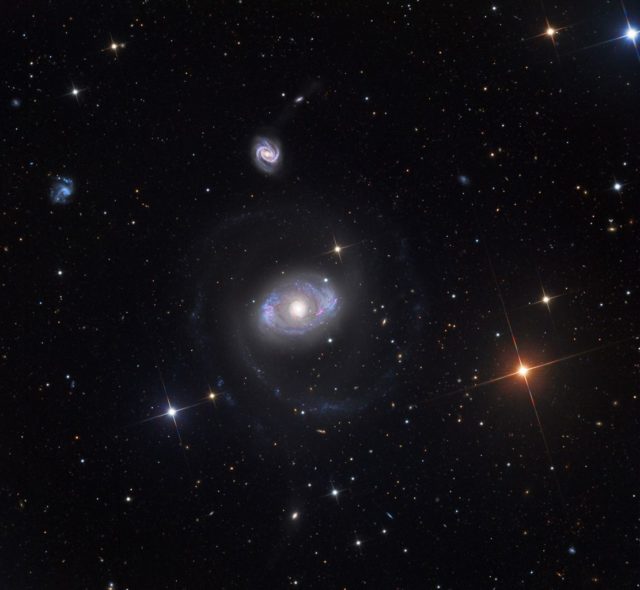 NGC 4151 || Eye of Sauron || Spiral Seyfert galaxy + ring structure
NGC 4151 || Eye of Sauron || Spiral Seyfert galaxy + ring structure
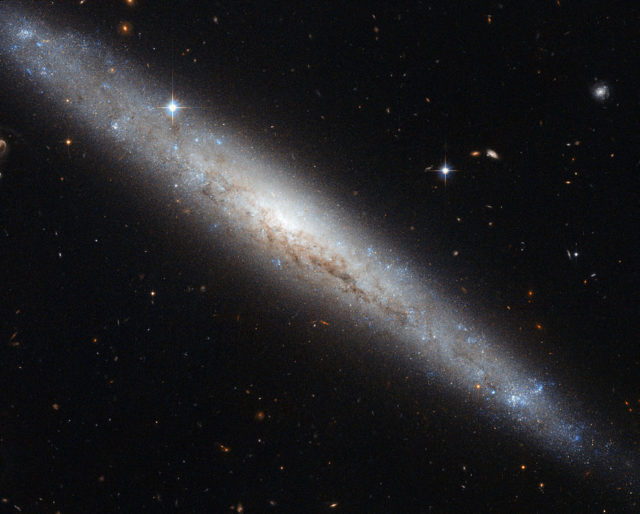 NGC 4183 || Spiral galaxy
NGC 4183 || Spiral galaxy

